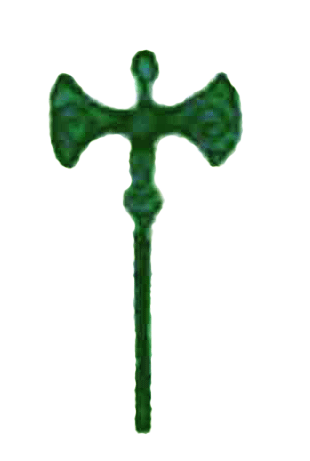
labrys,
études féministes/ estudos feministas
julho/ 2017- junho 2018 /juillet 2017-juin 2018
Editorial
Feminism in the Nordic region
Beatrice Halsaa and Diana Mulinari
The Nordic countries have been internationally recognized by, among other issues, the high level of gender equality in both state institutions and society at large. The “Nordic model”, with a relatively high portion of women in politics, a high degree of women in the labor force, and well encompassing social policies aiming to create a balance between paid work and family is, gender scholars argue, up to a certain extent a product of the mobilization of the women´s and feminist movements for social citizenship rights.
In this special issue of LABRYS on feminism in the Nordic region, we have included five articles, mainly dealing with the period from the 1950’s until the present. Core themes of women’s and feminist movements are discussed, such as political participation and representation in Þorgerður Einarsdóttir’s contribution (Iceland); the contested ideal of the housewife in Synnøve Skarsbø Lindtner and Annemari Neple’s article (Norway); the struggle for abortion on demand and sexual joy in Hilde Danielsen’s contribution (Norway); the role of religion/Islam in Muslim women’s struggle for women’s rights in Margaretha van Es’ article (Norway); and finally, the interconnections of feminism and mobilization against racism and transphobia are discussed by Mia Liinason and Marta Cuesta (Sweden).
The authors cover different time periods and apply diverse theoretical and methodological approaches. Several articles describe and discuss the role of feminist organizations, including alliances and conflicts within the mainstream feminist movement, but efforts to promote women’s rights outside the mainstream, such as in popular feminism and grassroots groups outside institutionalized feminism, are also represented. With contributions from different disciplines, this issue presents a variety of ongoing research on women’s movements and feminism in the Nordic region. They illuminate historical changes both in the mobilization of women’s and feminist activism, and in the movements’ relationship to the state. Unfortunately, we were unable to incorporate contributions from Denmark and Finland, but three of the Nordic states are included: Lindtner and Neple explore popular feminism in Norway during the 1950’s. Einarsdóttir addresses the Icelandic Redstocking movement (1970-1982) and the Women’s Alliance (1983-1999). Danielsen discuss the feminist movement’s construction of a sexually liberated woman in Norway with an emphasis on the 1970s. van Es is concerned with women with a Muslim background, and how they have organized in Norway to promote women’s rights from the 1990’s onward. Liinason and Cuesta examines how contemporary women and lgbt feminists of color navigate in a struggle against racism, transphobia, misogyny and islamophobia in Sweden.
As some of the articles demonstrate, the women’s and feminist movements in the Nordic countries have had a fundamental role in the construction and establishment of the “Nordic model” regarding gender, women’s rights and sexual politics. However, many voices within the feminist movement were, already in the seventies, critical of a gender equality model that while providing relevant social rights, subordinated women to the state (and to the market) in their conditions of paid workers and mothers.
Women’s and feminist movements are powerful political actors in the region, particularly through the visibility and the emergence in the public sphere of new political feminist subjects, such as queer/trans and antiracist/black/Muslim/indigenous feminism. These feminist actors also challenge the historical collaboration between the women’s and feminist movement and the state, particularly in a context of changing welfare states with an increasingly repressive edge regarding vulnerable groups of citizens. These new feminist subjects also contest the strong secularist ideology underpinning most of the Nordic women’s and feminist movements.
Needless to say, while there exists relevant commonalities between Denmark, Finland, Iceland, Norway and Sweden, what has been conceptualized as the “Nordic model”, these countries strongly differ in a number of fundamental issues, from the highly different historical legacies of the Second World War, affiliation to NATO and to the EU, to diverse gender and migration regimes.
This issue does not cover all the commonalities or all the differences, but it does give some glimpses of women’s and feminist mobilization in the region, and of various approaches to explore feminist mobilization. This brief editorial, hopefully, also provides some clues of similar developments in the four countries as an introduction to the topics explored by the articles.

labrys,
études féministes/ estudos feministas
julho/ 2017- junho 2018 /juillet 2017-juin 2018